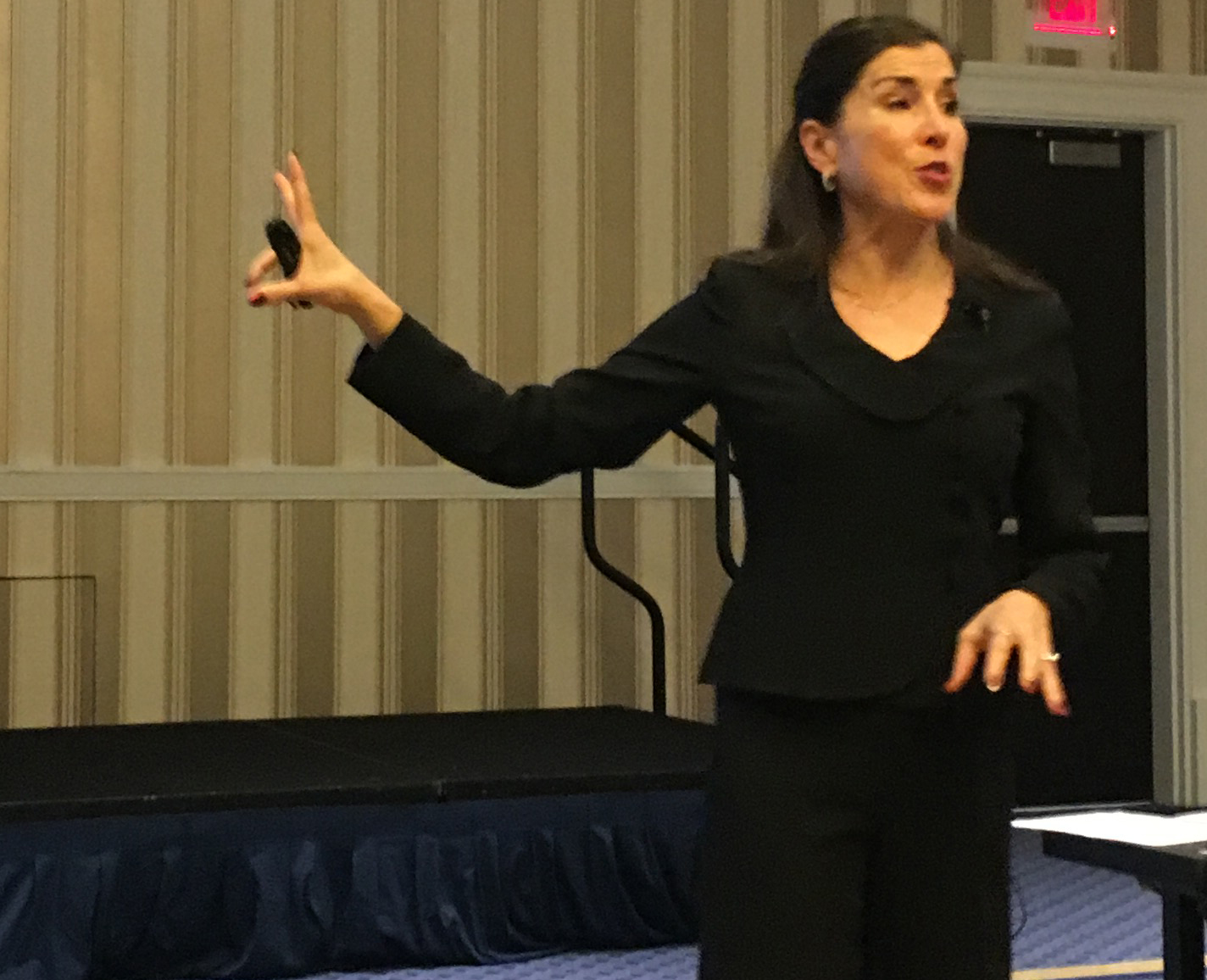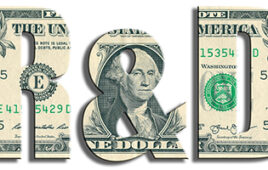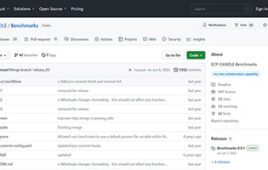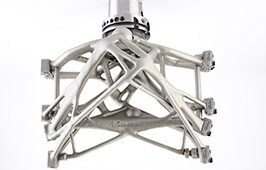
Rosemarie Truman opens the first keynote address at the second annual R&D 100 Conference in Washington, D.C. (Credit: Anna Spiewak)
According to Rosemarie Truman, there are more than 150,000 federally funded inventions available for further development and commercialization at universities, hospitals, federal labs and other research institutions, but many of them don’t make it into the marketplace.
Some of these inventions are highly promising and could produce new drugs or launch new markets.
Statistically, 1.28 percent or 1,920 of these could be “new unicorns,” meaning a company that is valued at $1 billion within five years of launching. According to Truman, if only 6 percent more per year were transferred into the world, even with an 80 – 95 failure rate, there could be a 3 – 10 percent impact on the U.S. GDP, which would translate to $500 billion – $1.5 trillion in net new GDP.
“That’s the biggest number and opportunity that I ever saw,” the director of Innovation Impact at the U.S. Department of Energy’s Pacific Northwest National Laboratory said on Wednesday, during the first opening keynote titled “Valuable Federal Inventions: Moon Shot Unicorns Waiting to Be Tapped,” at the second annual R&D 100 Conference in Washington, D.C. “What if we could create startups out of thin air to take inventions forward?”
Truman stressed the importance of startups in the R&D sector, since new companies account for nearly all net new job creation. However, the number of startups annually is going down. The failure rate might be flat, but the entry rates are declining, said Truman.
One answer to this dilemma is the need for diversity, since diverse ventures are 100 to 140 times more likely to turn into publicly traded companies, based on a study done specifically for university ventures, according to Truman.
She added that the U.S. is losing leadership in R&D spending to China, which is said to surpass the U.S. in its spending by 2019.
“U.S. does pretty well in patent applications, the growth rate is pretty strong,” Truman said. “In terms of patent grants, however, we were overtaken by South Korea.”
A solution to this issue, according to Truman, is crowdsourcing talent from around the world and setting up teams to compete. And to break away from the generic challenge model, Truman’s team turned the model upside down by making people in a group choose one of the inventions her company proposed.
“If we just move the needle a little bit to get to average, we could truly make an impact on the innovations’ arm race of the United States,” she said.
Truman, who also founded The Center for Advancing Innovation before joining PNNL, mentioned one of her latest programs that she’s worked on under her former company–the Space Race—emphasizing how space is a hot commodity right now. As of this year, the dynamics in space startups and investment have been described as “epic.” This is a branch that is said to create disruptive changes in everyday life, including space travel/tourism becoming a reality and asteroid mining. Her team teaches classes to companies that are looking to grow.
Truman’s former company partnered with NASA and evaluated more than four thousand of its inventions.
The director of innovation added that to maximize the commercial potential of inventions, you need a very strong industrial engagement model.
Her former company composed a business plan and a startup challenge for the space agency with the goal of creating startups with funding to impact economic growth.
“Essentially what our mission was is to perform due diligence on invention portfolios, identify breakthrough inventions and maximize commercial potential,” she said. “The goal here is to commericalize the top 1 percent of inventions that exist and make that trillion-dollar impact.”
The due diligence process entailed identifying 10-100 inventions. Although NASA’s portfolio was quite challenging according to Truman, her former team launched 15 companies through this challenge and created 2000 jobs.
“There’s always a way to get your invention out,” she concluded.




